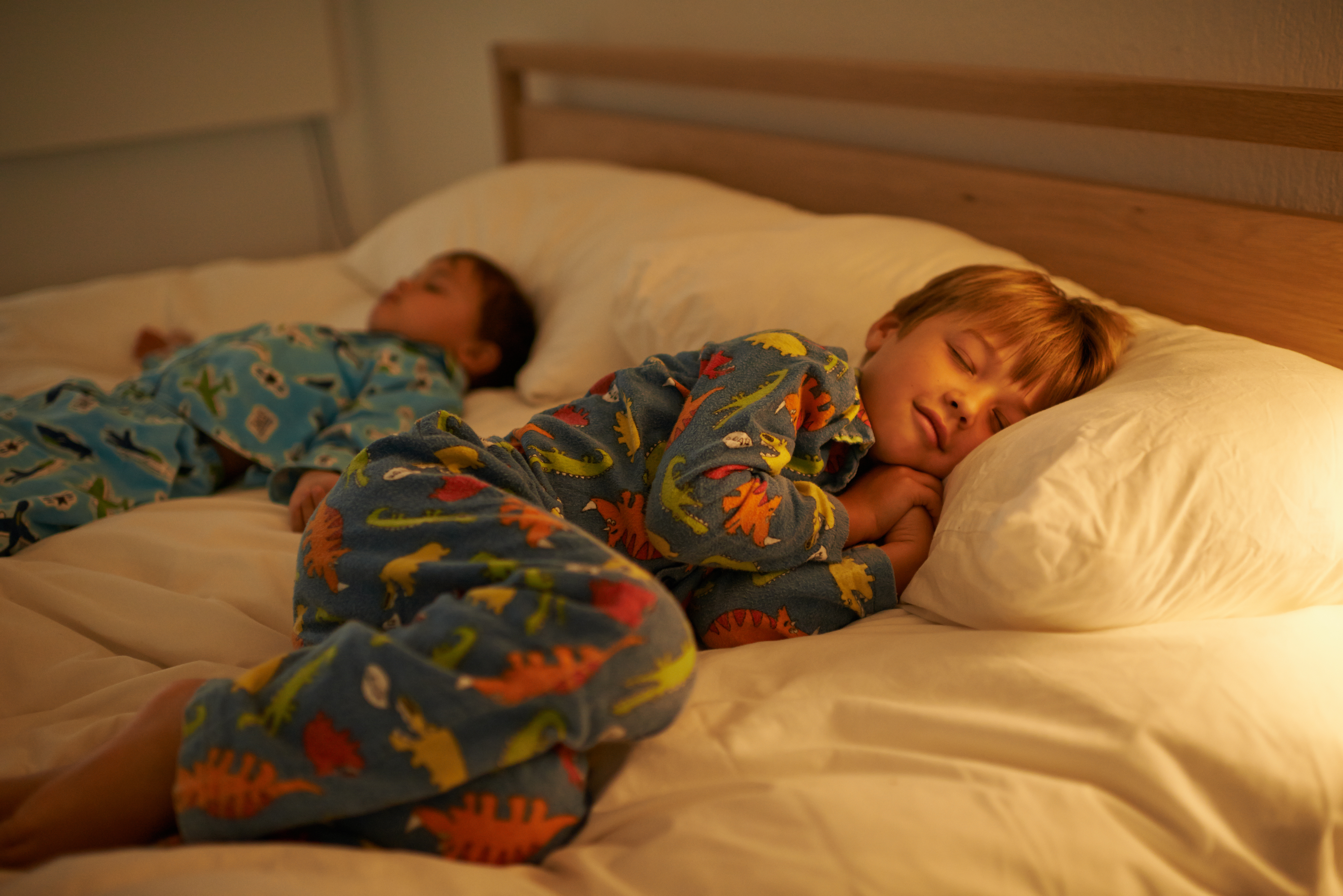Discover how to help children adapt to the fall time change with small schedule tweaks and light-based routines.
When clocks fall back on November 2, many adults look forward to an extra hour of rest. But for children, that shift can throw their whole day off balance. Bedtimes feel strange, mornings arrive too early, and the routines that once felt predictable suddenly feel unsettled.
This happens because children’s internal clocks also known as circadian rhythms don’t reset as quickly as ours do. They respond to light, meals, and familiar patterns, and not the numbers on a clock but with a few small adjustments and a bit of patience, you can help your child’s body and mood adjust smoothly to the new schedule.
Why the Time Change Feels Bigger for Children
To an adult, a one-hour difference may not seem like much. But for young children, whose routines are tightly linked to sleep, light, and predictability, it can make a noticeable impact.
You might notice changes such as:
- Earlier morning wake-ups
- Difficulty settling at bedtime
- More crankiness or clinginess during the day
These shifts are temporary, but they can affect mood and focus for a few days. Understanding that it’s a physical adjustment, not misbehaviour, helps families approach the transition with empathy and patience.
Recognizing this helps set expectations and encourages patience. The goal isn’t to “fix” the change overnight but to guide the transition gradually.
Start the Adjustment Before the Clock Changes
You can make the transition easier by gently shifting your family’s schedule in the days leading up to November 2. Try moving bedtime, wake-up time, and even meal times 10 - 15 minutes later each day for three or four days before the time changes.
For example, if your child usually sleeps from 8:00 p.m. to 7:00 a.m., move bedtime to 8:15 for a night or two, then 8:30. By the time the clocks shift, their body has already adjusted partway. Keep the bedtime routine the same like a warm bath, storytime, and quiet snuggles so that children still recognize the familiar signals that it’s time to rest, even if the clock looks different.
Use Light and Routine to Guide the Body
Light plays a powerful role in helping the body reset its internal clock. After the time changes, mornings will be brighter earlier, and evenings darker sooner, so both can be used to your advantage.
In the morning: Let natural light in as soon as possible. Open blinds, eat breakfast near a window, or take a quick walk outside before school. This exposure helps the body understand it’s time to wake up and resets your child’s natural rhythm.
In the evening: Dim lights an hour before bed. Turn off screens, lower the noise level, and switch to quiet, calming activities like reading or drawing. If your child tends to wake too early because of the extra light, blackout curtains can help them stay asleep a little longer.
Think of light as nature’s reset button, it’s one of the simplest, most effective ways to help the body adjust.
Be Patient Because It’s Temporary
It usually takes about a week for the whole household to adjust to the new cycle.
During that time, expect a few early wake-ups or sleepy evenings and that’s okay.
Offer reassurance, stay consistent with your routines, and try to avoid adding big schedule changes during that first week. This small shift can also serve as a gentle reminder to slow down as a family.
Fall naturally encourages us to spend more evenings indoors to share dinner, read together, and rest a little earlier.
Final Thoughts
The time change can feel like a small disruption, but it’s also an opportunity to reconnect and reset. By planning ahead, using light thoughtfully, and keeping routines consistent, families can ease the transition and make those darker evenings feel a little cozier.
With patience and a few mindful habits, your child’s internal clock and your family’s will find balance again long before winter truly arrives.
Stay in the know and check us out on social media! Follow BrightPath on Facebook and Instagram for a variety of fun activities and daily inspiration.







